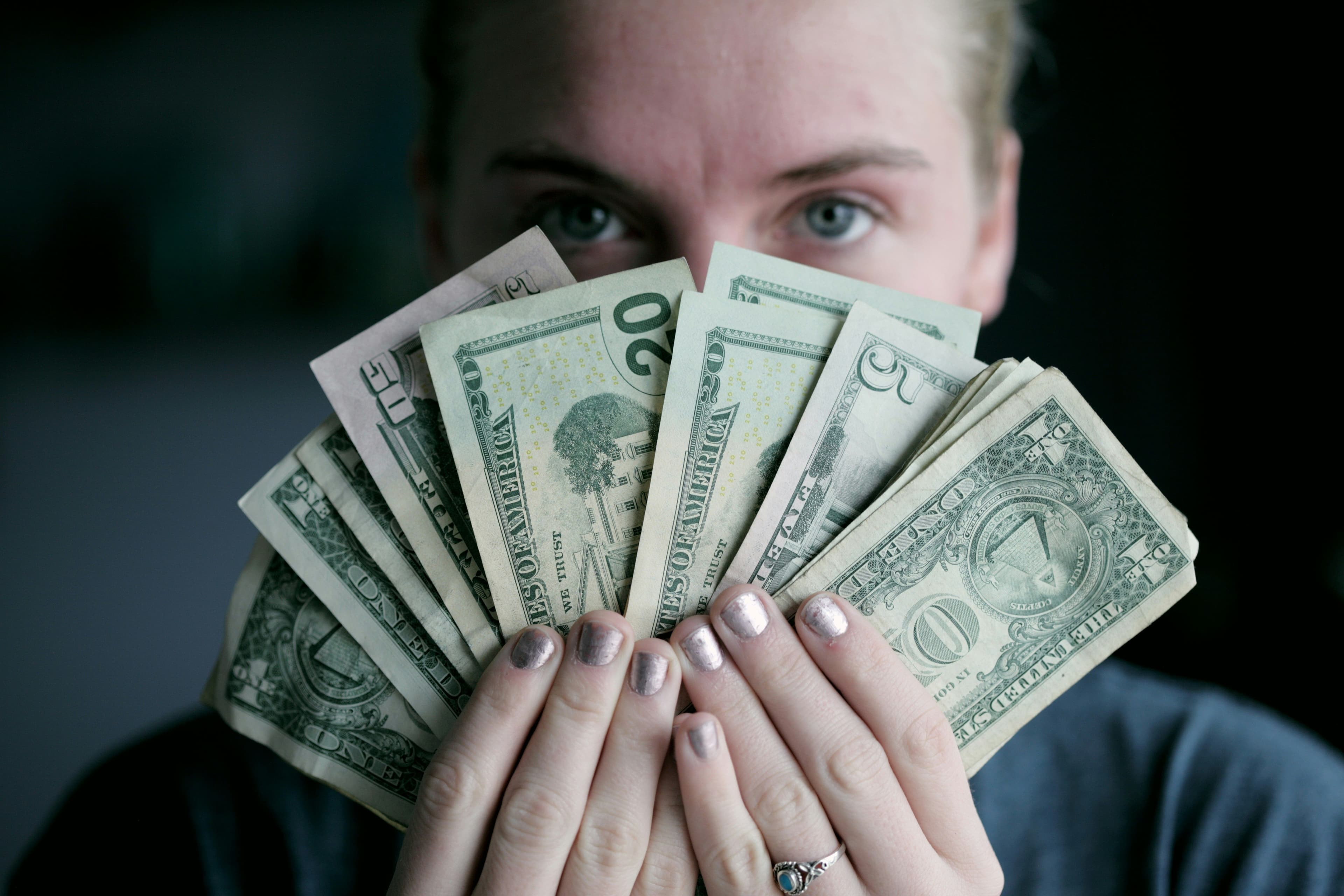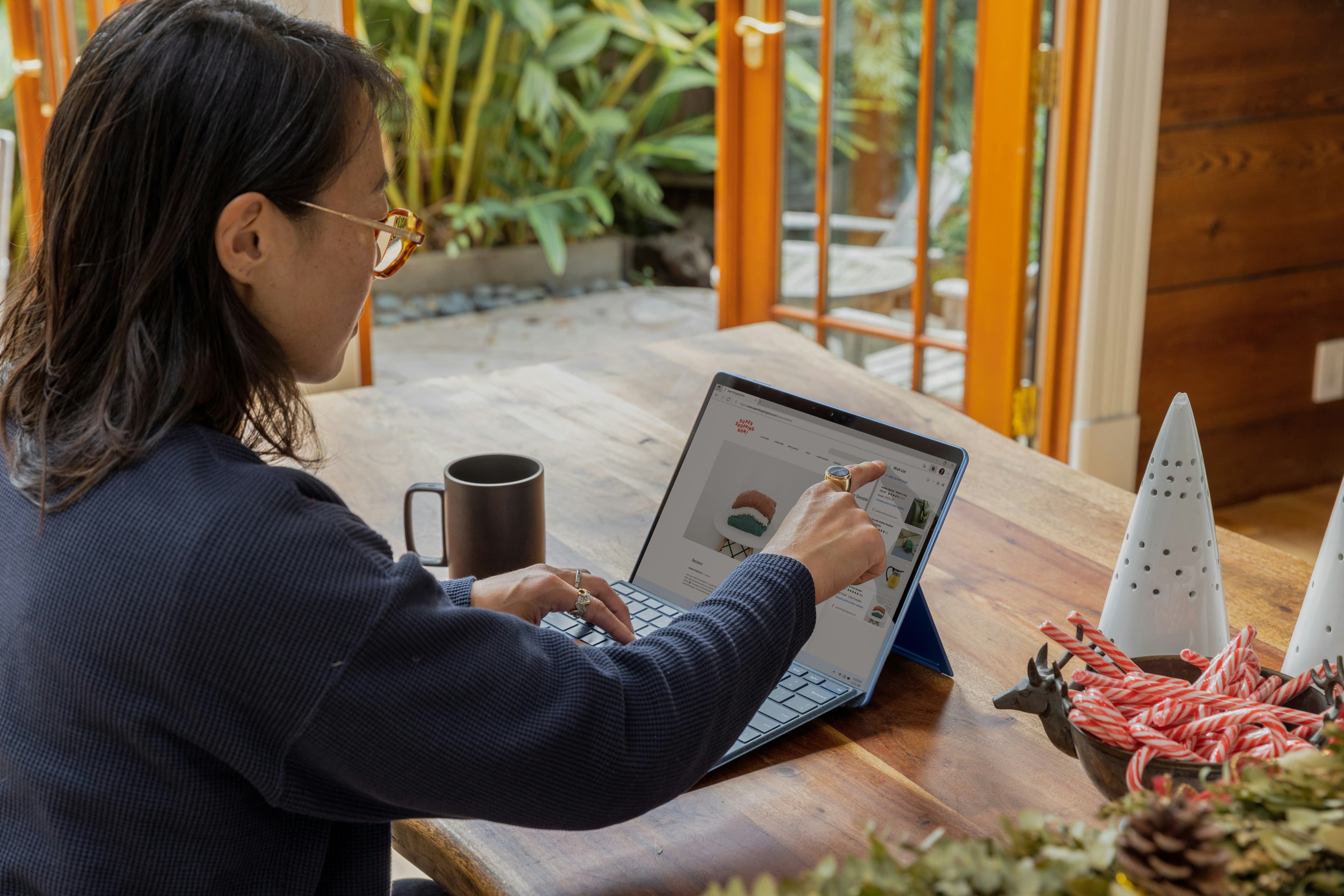Why 95% of Side Hustles Die in 6 Months (Avoid This)
Discover why 95% of side hustles die within 6 months and what the 5% who survive do differently. Learn the brutal truth about side hustle failure rates and proven strategies to avoid becoming another statistic. Essential reading for aspiring entrepreneurs.

You know what nobody talks about at those shiny entrepreneurship conferences? The graveyard. The absolute graveyard of abandoned side hustles littering the internet like... well, like digital tumbleweeds rolling through ghost towns that once had dreams.
For every success story you see plastered across Instagram Stories (usually with some obnoxious "swipe up" call-to-action), there are literally hundreds, maybe thousands, of people who started strong, burned bright for maybe three weeks, then quietly disappeared when reality smacked them in the face like a cold fish.
I'm not saying this to crush your spirit or anything. Actually, understanding why most people crash and burn is kind of like having a secret map through a minefield. You know where the explosives are buried.
After spending way too many late nights scrolling through dead Facebook groups, tracking patterns in Reddit communities, and honestly... failing so spectacularly myself that I still cringe thinking about my "revolutionary" pet rock subscription service (don't ask), I've figured out the real reasons why most people throw in the towel before they ever see actual results.
Here's What We'll Cover:
- The brutal truth about side hustle survival rates (spoiler: it's worse than you think)
- Why motivation is actually your enemy, not your friend
- The income expectations that murder dreams before they're even born
- How social media creates timeline pressure that's literally toxic
- The support system gap that leaves people drowning alone
- What the 5% who make it actually do differently (hint: it's not what you think)
The Great Side Hustle Exodus: Numbers Don't Lie (But They Sure Are Depressing)
Okay, buckle up for some uncomfortable reality. According to multiple studies I've dug through, plus my own borderline obsessive analysis of online communities over the past three years, roughly 95% of people who start a side hustle completely abandon it within six months.
Not "take a break." Not "pivot." Abandon. Like, pretend it never happened.
The pattern is so predictable it's almost funny. Almost.
Weeks 1-2: posting about their new venture on every social platform known to humanity, probably using way too many hashtags.
Weeks 3-6: the first real challenges show up, and enthusiasm starts leaking like air from a punctured balloon.
Weeks 8-12: sporadic activity, lots of "sorry I've been so busy" posts.
Months 4-6: complete radio silence. The side hustle becomes that thing we don't mention at dinner parties anymore.
But here's the plot twist that nobody talks about. The 5% who somehow survive past that six-month mark? Their success rate jumps to around 60%. That's not a typo, and it's not wishful thinking. Once you survive the initial bloodbath, your odds of actually building something meaningful don't just improve... they explode.
So what's slaughtering everyone in those first six months? Let me tell you, it's not what most people think.
The Motivation Trap: Why Feeling Inspired Is Actually a Red Flag
This is going to sound completely backwards, but stick with me here. Excessive motivation is often a warning sign that someone's about to implode. Like, seriously.
People who rely heavily on motivation (those folks who work in massive, unsustainable bursts when they're "feeling it") tend to create this boom-bust cycle that's more exhausting than a toddler on a sugar high. They'll pull all-nighters for a week when inspiration strikes, then do absolutely nothing for two weeks when the feeling fades.
I watched this happen to my friend Marcus with his YouTube channel about vintage vinyl records. (God, he was passionate about those records.) For three weeks straight, he was filming, editing, researching, and posting daily. Then the motivation evaporated like morning dew, and he didn't upload a single video for six weeks. By the time he felt "inspired" again, the algorithm had basically forgotten he existed.
Here's what successful side hustlers figured out: motivation is like trying to fuel a car with birthday cake. It might give you a sugar rush, but you're going to crash hard, and it's not sustainable for the long haul.
The most successful people I know (and I mean really successful, not just Instagram-successful) treat their side hustle like brushing their teeth. It's not this epic, mountain-climbing experience every day. It's just... something they do. Rain or shine, motivated or not, excited or completely over it.
They create these tiny, almost embarrassingly small daily habits that compound over time. Maybe it's 15 minutes of work before their first cup of coffee (when their brain is still foggy but their willpower is strongest). Maybe it's one small task during lunch break while eating a sad desk salad.
If you're looking for opportunities that don't require you to be constantly "on" and motivated, these passive income side hustles can actually generate revenue even when you're having an off week... or month.
The Income Delusion: When Fairy Tale Expectations Become Nightmare Fuel
Oh boy. This is where things get really messy, and I mean really messy.
Social media has created this absolutely toxic narrative that side hustles should be spitting out serious cash within weeks of starting. People scroll through TikTok, see some 22-year-old claiming they made $8K in their first month selling digital planners, and think that's not just possible but normal.
Here's the uncomfortable truth: it's usually complete nonsense. And when it is true (which is rare), there's always crucial context missing. Like maybe they already had a 50K Instagram following, or their dad funded their initial inventory, or they're counting gross revenue before expenses, or... well, you get the picture.
Most legitimate side hustles (the ones that actually last) take 3-6 months to generate what you'd call "real" revenue. And 12-18 months to reach what most people would consider life-changing money. That's not failure, folks. That's completely normal business development, the way businesses have grown since... well, forever.
But because people expect instant gratification (thanks, Amazon Prime), they interpret totally normal business growth as personal failure. When month two rolls around and they've made $73 instead of $7,300, they assume they're fundamentally broken and quit.
The mindset shift that literally changes everything: treat your first year as expensive market research, not income generation. Your goal isn't to get rich quick; it's to validate that you can solve a problem people actually care about enough to pay for.
The people who survive past the six-month mark understand this intuitively. They measure success in customer feedback, not just dollar signs. They celebrate helping one person solve a problem, even if that person only paid $15 for the solution.
I remember when I finally "got" this concept. I was obsessing over revenue numbers, checking my bank account multiple times a day like some kind of financial hypochondriac. Then I got an email from someone saying my course helped them finally understand Facebook ads, and they increased their business revenue by $2K that month. Suddenly my $197 course sale felt bigger than any $2K month I could have imagined.
For realistic expectations about timeline and income potential, this breakdown on how to make $1,000 per month with side hustles will give you actual numbers instead of fantasy projections.

The Comparison Game: How Social Media Becomes Success Poison
Instagram and TikTok have basically turned entrepreneurship into performance art. And it's absolutely destroying people's perception of what normal progress looks like.
You're seeing polished highlight reels of someone's month 24 and comparing it to your chaotic, messy month 2. You're seeing the end result of hundreds of failed attempts presented as "overnight success." You're watching carefully curated "day in my life as an entrepreneur" content where everything looks effortless while your journey feels like swimming through cement.
This creates timeline pressure that's literally crushing souls. People feel behind before they've even started. They assume they should be further along than they are, so they either quit out of pure frustration or make desperate pivots that completely destroy whatever momentum they'd built.
Here's what those highlight reels conveniently don't show: the 2 AM technical meltdowns when their website crashes, the weeks where absolutely nothing works and they question their sanity, the customer service nightmares that make them want to throw their laptop out the window, and the self-doubt that hits like a freight train at random moments.
The most successful side hustlers I know? They actively limit their consumption of entrepreneurship content once they start building. They understand that comparison isn't just the thief of joy; it's the thief of persistence, focus, and realistic expectations.
Instead of measuring your progress against someone else's carefully edited success story, measure it against where you were last month. Are you better at understanding your market? Can you solve problems you couldn't solve before? Do you feel more confident in your abilities, even if your bank account doesn't reflect it yet?
The Isolation Factor: Why Going Solo Usually Means Going Nowhere Fast
This doesn't get talked about nearly enough, but isolation is a massive factor in side hustle failure. Like, massive. Most people try to build their business in complete isolation, and it's absolutely brutal on both motivation and problem-solving ability.
When you're working alone, every tiny challenge feels like Mount Everest. Every setback feels like personal proof that you're not cut out for this. Every small win feels hollow because there's literally nobody to share it with who understands what it took to achieve it.
But here's the practical problem: isolation means you're solving problems that hundreds of other people have already figured out. You're reinventing wheels instead of learning from people who've been where you are now.
The community factor is an absolute game-changer: finding even one other person who's building something similar can dramatically increase your odds of survival. Not necessarily a business partner or anything formal, just someone who gets it.
This could be an online community (though be careful; some are just complaint festivals), a local meetup, a mastermind group, or even just one friend who's also working on a side project. The key is having someone who understands the unique insanity of building something from scratch while keeping a full-time job.
I found my "person" in the most random way. Standing in line at Starbucks, overhearing someone on a phone call about their Etsy shop struggles. Turned out we were dealing with almost identical challenges. That casual coffee conversation turned into monthly check-ins that probably saved both our businesses.
For those juggling family responsibilities, these side hustles for stay-at-home parents often come with built-in communities that actually understand the specific chaos of balancing business dreams with real life.
The Skill Gap Panic: When Learning Curves Feel Like Learning Cliffs
Another major reason people quit early? Feeling completely overwhelmed by everything they don't know. Building a side hustle requires wearing like seventeen different hats: marketing, sales, customer service, product development, basic finance, and depending on what you're building, potentially technical skills that make your brain hurt.
Most people wildly underestimate this complexity when they start. They think they need to master everything immediately, which leads to either complete paralysis or constant pivoting as they chase the "easier" option (spoiler alert: there isn't one).
The learning approach that actually works: accept that you'll be absolutely terrible at most things initially. And that's not just okay; it's completely normal and expected.
Focus on being "good enough" at everything and genuinely exceptional at one thing, usually the core product or service you're offering. Everything else can be learned gradually or outsourced when you can afford it.
You don't need to be a marketing genius on day one. Your website doesn't need to win design awards. You don't need to understand every tax implication before making your first sale (though definitely keep receipts).
The 5% who succeed understand that competence comes through practice, not endless preparation. They're willing to do things badly at first because doing them badly is infinitely better than not doing them at all.
For those feeling overwhelmed by options, these online side hustles for beginners focus on opportunities with gentler learning curves and more guidance available.
The Energy Management Crisis: When Day Jobs Drain Your Dreams Dry
Let's be brutally honest about something most entrepreneurship advice completely ignores: you're probably starting your side hustle while working a demanding full-time job. You're trying to build a business with whatever mental and physical energy remains after giving 8-10 hours to someone else's dream.
This energy management challenge kills more side hustles than lack of market demand ever will. People consistently underestimate how much energy building something requires, especially in those early stages when everything is new, nothing is systematized, and every task takes three times longer than it should.
The energy approach that actually works: treat energy like a finite, precious resource and plan accordingly. This means working on your most important tasks when your energy is at its peak, not when it's convenient.
For most people, this means tackling side hustle work before their day job, not after. I know that sounds absolutely horrible (like suggesting you run a marathon before breakfast), but trying to build something meaningful with the exhausted scraps of your day is a recipe for frustration and eventual burnout.
It also means being strategic about what you tackle when. High-energy tasks like creating content or solving complex problems get your premium hours. Low-energy tasks like responding to emails or organizing files get your leftover time.
I learned this lesson the hard way during my "night owl entrepreneur" phase. I'd come home from work, eat dinner, zone out for an hour, then try to do meaningful work at 9 PM when my brain felt like soggy cereal. Progress was painfully slow, and I constantly felt behind.
Now? I wake up an hour earlier and tackle my most important side hustle task before checking email or starting my day job. It's not always fun, but the productivity difference is staggering.
If you're struggling to balance everything without losing your sanity, this guide on time management for side hustlers has specific strategies for protecting your energy and maximizing your limited time.

💡 50 Digital Side Hustle Ideas
Get your free guide packed with 50+ profitable digital side hustle ideas you can start today — even if you're a complete beginner!
We respect your privacy. Unsubscribe at any time.
The Success Blueprint: What the 5% Actually Do Differently
After obsessively studying the patterns of people who make it past the six-month survival mark, here's what they consistently do differently:
They set micro-goals instead of macro-dreams. Instead of "I want to make $10K per month" (which feels impossible), they focus on "I want to help 5 people solve this specific problem this month" (which feels doable).
They track leading indicators, not just lagging ones. Instead of only measuring revenue, they measure activities that lead to revenue: emails sent, content pieces created, conversations started, and problems solved.
They plan for plateaus, not just growth. They expect periods where nothing seems to be working and mentally prepare for pushing through those desert phases without giving up.
They invest in learning but limit consumption time. They'll spend money on courses, books, or coaching, but they set strict boundaries around learning versus creating. Education without implementation is just expensive entertainment.
They celebrate small wins publicly. They share progress even when it feels insignificant because public accountability and community support are powerful retention factors.
They focus on one thing at a time. Instead of trying to build multiple revenue streams simultaneously, they master one approach before adding complexity.
The Uncomfortable Truth About Side Hustle Success
Here's what nobody wants to hear because it's not sexy or Instagram-worthy: side hustle success has more to do with persistence than talent. More to do with consistency than brilliance. More to do with emotional resilience than business acumen.
The 5% who succeed aren't necessarily smarter, more skilled, or more naturally gifted than the 95% who quit. They're just better at showing up when they don't want to, working when they don't feel like it, and continuing when they can't see clear progress.
If you're in the early stages of building something, expect the first six months to be harder than you anticipate. Expect to feel behind, overwhelmed, and occasionally completely delusional about your chances of success. Expect to question whether you're cut out for this approximately once per week.
But also know that if you can somehow push through that initial phase (that brutal, soul-crushing, confidence-destroying first six months), your odds of building something meaningful improve dramatically.
The people who quit early aren't failing because their ideas are fundamentally flawed. They're failing because they give up before the compound effect of consistent effort starts to pay off. They quit right before the breakthrough, like stopping a marathon at mile 20.
Your side hustle doesn't need to be revolutionary or world-changing. It just needs to solve a real problem for real people, and you need to stick with it long enough to figure out how to do that profitably.
The clock is ticking. Not because you're running out of time, but because every day you delay is another day you're not learning what actually works in your specific market.
Start today. Start badly if you have to. But start.
And remember: 95% of people will quit within six months. Your job is simple: don't be one of them.
About The Author

Entrepreneur
Austin, USA
Jordan earned his bachelor’s degree in business administration (marketing) and began his journey into online entrepreneurship while working a 9–5 job and tackling student debt. After early struggles with “get-rich-quick” schemes, he dedicated himself to mastering digital marketing, SEO, blogging, and affiliate marketing—skills he has since transformed into multiple profitable online businesses... Full bio
You might also like















